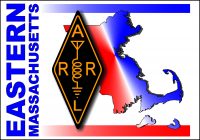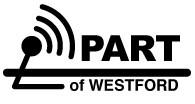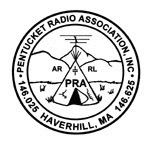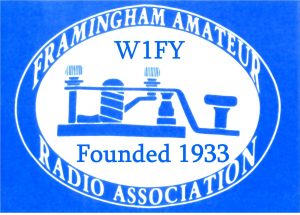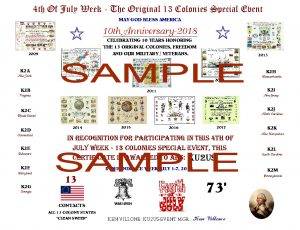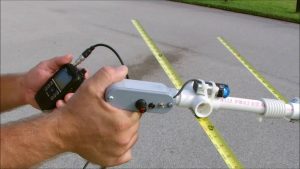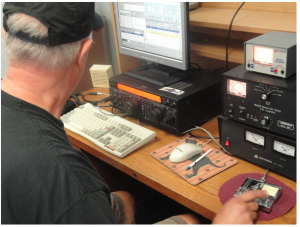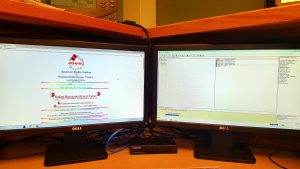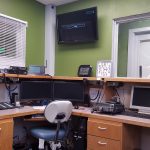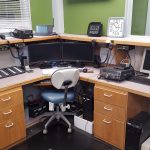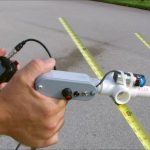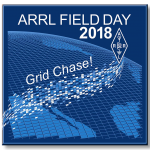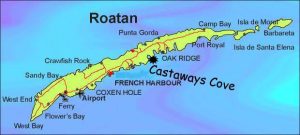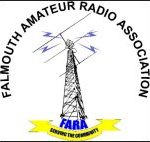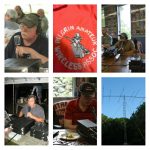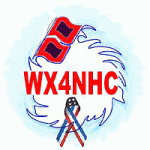 Rob Macedo, KD1CY writes on the SKYWARN mailing list:
Rob Macedo, KD1CY writes on the SKYWARN mailing list:
Please see the following information from WD4R-Julio Ripoll, Assistant WX4NHC Coordinator on the 2018 WX4NHC On-Air Communications Test which will be held this Saturday May 26th, 2018 from 9 AM-5 PM EDT (1300-2100 UTC) across various bands and modes on Amateur Radio. We encourage Amateur Radio Operators in our region to participate.
Announcement from WX4NHC – Amateur Radio Station at the National Hurricane Center, Miami Florida
WX4NHC will be On-The-Air for the Annual Station Test
Saturday, May 26th, 2018 from 9AM-5 PM EDT (1300z- 2100z)
This will be our 38th year of public service at NHC.
The purpose of this event is to test Amateur Radio Station equipment, antennas and computers prior to this year’s Hurricane Season, which starts June 1stand runs through November 30th.
This event is good practice for Ham Radio Operators world-wide as well as NWS Staff to become familiar with Amateur Radio communications available during times of seer.
We will be making brief contacts on many frequencies and modes, exchanging signal reports and basic weather data exchange (“Sunny”, or “Rain”, etc.) with any station in any location.
WX4NHC will be On-The-Air on HF, VHF, UHF , 2 & 30 meter APRS and WinLink wx4nhc@winlink.org subject must contain “//WL2K”.
We will try to stay on the Hurricane Watch Net frequency 14.325 MHz most of the time.
Due to space and equipment limitations, we will have 2 operators per shift, we cannot be on all frequencies or on every mode at the same time.
You may be able to find us on HF by using one of the DX Spotting Networks,
Such as the DX Summit Web Site: http://www.dxsummit.fi/Search.aspx
We will also be on VoIP Hurricane Net 4pm-5pm EDT (2000-2100z)
(IRLP node 9219 / EchoLink WX-TALK Conference node 7203). http://www.voipwx.net/
Florida Statewide SARNET and local VHF & UHF Repeaters will be contacted.
QSL Cards are available via WD4R.
Please send your card with a S.A.S.E.
Please do NOT send QSLs directly to the Hurricane Center address, as it will get delayed.
Due to security measures:
NO VISITORS will be allowed entry to NHC without prior clearance from NHC PIO and Security.
Only WX4NHC Operators on the pre-approved operating schedule will be allowed entry.
For more information about WX4NHC, please visit our website
www.wx4nhc.org
Thank you for your participation in the WX4NHC Annual Station Test event.
-.-.-.-.-.-.-.-.-.-.-.-.-.-.-.-.-.-
Julio Ripoll Architect WD4R
WX4NHC Amateur Radio Asst. Coordinator
www.wx4nhc.org
Celebrating 38 years at the National Hurricane Center
http://www.nhc.noaa.gov
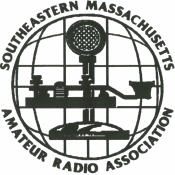 Don Rosinha, WA1BXY writes on the SEMARA mailing list:
Don Rosinha, WA1BXY writes on the SEMARA mailing list: